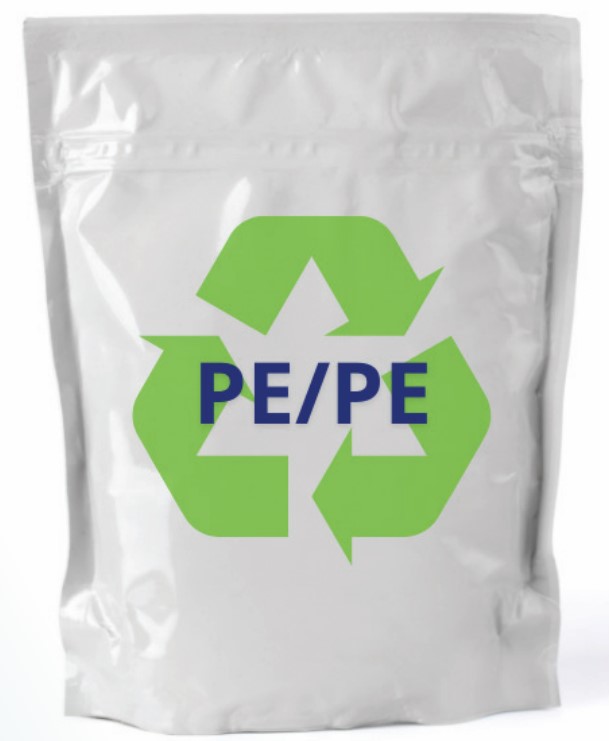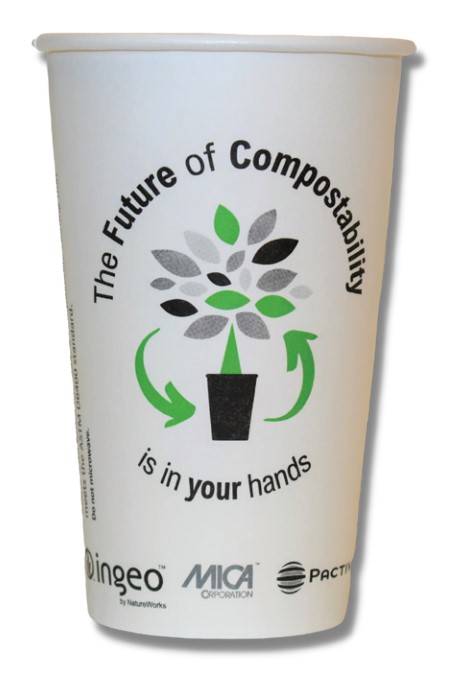Three Ways Water-Based Primers are Advancing Extrusion Coating Trends in the Flexible Packaging Industry
- Published: January 16, 2023
By Jeffrey Siegel, President, Mica Corporation
The COVID-19 pandemic has changed the way that people around the world live, work and shop. As a result, trends and technologies in packaging are shifting. According to a McKinsey insights report1, a dramatic shift to online shopping, increased global packaging waste regulations and consumers’ concerns about sustainability have been heavily influencing packaging trends since 2020. In response to these trends, the industry is working hard to develop affordable multilayer packages that are ecommerce-friendly, can withstand the product’s full lifecycle and contribute to a circular economy.
Not an easy task, to be sure. But if converters want to stay competitive and successfully navigate through this disruption, they will need to be creative and collaborate with companies at every step in the supply chain. Even smaller components of the package, such as water-based primers and coatings, can make a significant impact in the performance and lifecycle of a package. Here are some ways that converters are using water-based primers and coatings to meet these trends and consumers’ demands.

Primers and Coatings can Promote Adhesion and Increase Barrier Properties in Multilayer Recycle-Ready Packaging
If a package is made from a mono-material such as polyethylene or polypropylene it is considered recycle-ready, and can, at least in theory, be recycled with other single-use plastics, such as grocery bags, at a store drop-off location. In addition, these mono-material packages are durable, chemically resistant, lightweight and relatively inexpensive. They can help minimize food waste by extending shelf-life and the fact that they are thin and lightweight makes them easy to ship, thus reducing carbon. So why isn’t every converter switching to recycle-ready packages?
Mono-material pouches and packages are ideal for certain products, like fruits and vegetables, but may not be able to afford the barrier or containment properties necessary for aqueous, acidic or oily foods. To enhance oxygen, water or vapor barrier properties, another material often needs to be incorporated to meet the specifications of the consumer and CPG brand. Adding a primer or coating can provide the needed functionality without affecting recyclability.

Primers can Enable Compostability or Recyclability in Paper and Bio-Based
Packaging In recent years, compostable materials such as paper and bio-based resins have increased in popularity among extrusion coaters. However, many converters face the same issues that recycle-ready adopters are trying to overcome. A single layer of compostable paper or biodegradable PLA or PHA film will rarely have the barrier properties or the product chemical resistance to withstand the product’s entire lifecycle or protect the contents for the duration of its intended shelf-life. Adding in other components to increase barrier properties is not only an added expense, but if the barrier or protective layer that’s added in has not passed stringent compostability testing, such as the ASTM D6400 for industrial composting, it can significantly slow down or totally impede a company’s ability to obtain compostability certification.
Some converters have been able to create multilayer packages that compost in industrial facilities with the help of commercially compostable adhesion promoters, primers and coatings. Additionally, the development of new specialty resins and coatings may help to accelerate this trend. These specialty resins can be extruded onto paper or paperboard to significantly improve barrier performance and puncture resistance without negatively impacting the recycling stream. Converters have found that applying a layer of water-based primer onto the paper before extrusion coating some of these polymers enhances fiber tear without negatively affecting end-of-life plans for the package.
Primers can Aid in Material Reduction to Promote Sustainability and Reduce Costs
Rising costs of materials, supply chain disruptions and shortages are wreaking havoc in every step of the packaging supply chain. As a result, many converters are looking for ways to use alternate materials that are less expensive or reduce the number or thickness of layers of materials used in the structure. This is especially important for e-commerce packaging, as it needs to be disposed of responsibly and ship sustainably. Downgauging materials to make the packaging lighter can significantly help reduce carbon expenditure. Applying a thin layer of a water-based primer can improve certain functional properties, which can help produce a thinner, more cost-effective package.
About the Author
Jeffrey Siegel is President of Mica Corporation and has been involved with the flexible packaging industry for more than 35 years. He has been a key driver in the success of water-based primers and coatings used in flexible film converting and has been a featured speaker at industry events in the U.S., Europe and Asia. Siegel served as Chairman of TAPPI’s board of directors from 2004-2006. Mica Corporation is the world
leader in water-based primers and coatings for flexible packaging and other applications. With headquarters in Connecticut, Mica has global distribution supported by sales offices on four continents.




